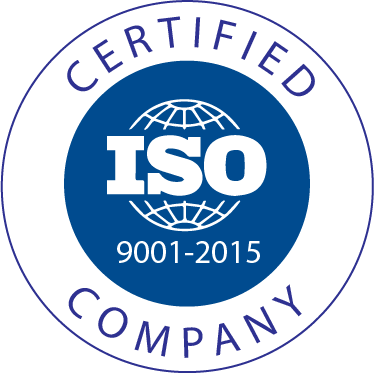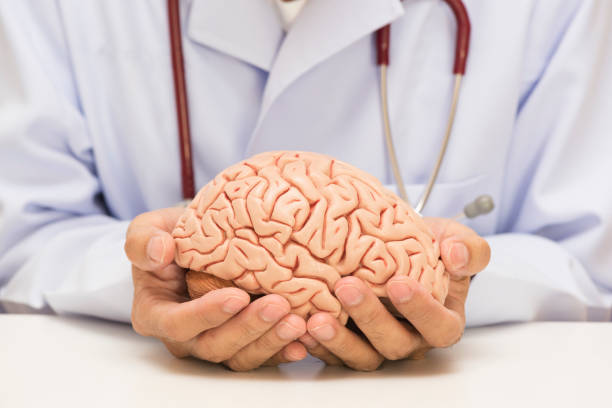Deep Brain Stimulation in India starts from $24000. The total cost of the treatment depends on the diagnosis and facilities opted by the patient.
Deep brain stimulation (DBS) is a neurosurgical procedure that involves implantation of electrodes within the specific targeted areas of the brain. It is used to treat a variety of disabling neurological symptoms. Deep brain stimulation procedure can be opted for treating a number of neurological conditions, including Parkinson’s disease, Essential tremor, Dystonia, Epilepsy, Tourette syndrome, obsessive-compulsive disorder and chronic pain. Deep brain stimulation uses a neurostimulator, commonly referred to as deep brain stimulator, to deliver electrical stimulation to targeted areas in the brain that control movement.
The impulse sent by deep brain stimulator interferes with and blocks the electrical signals that cause tremor and other Parkinson’s disease symptoms. The targeted areas most often include the thalamus, subthalamic nucleus and globus pallidus. Deep brain stimulation procedure has a long history of research. It was first introduced in 1987 and The Food and Drug Administration (FDA) approved deep brain stimulation treatment for essential tremor and Parkinson’s disease in 1997.






